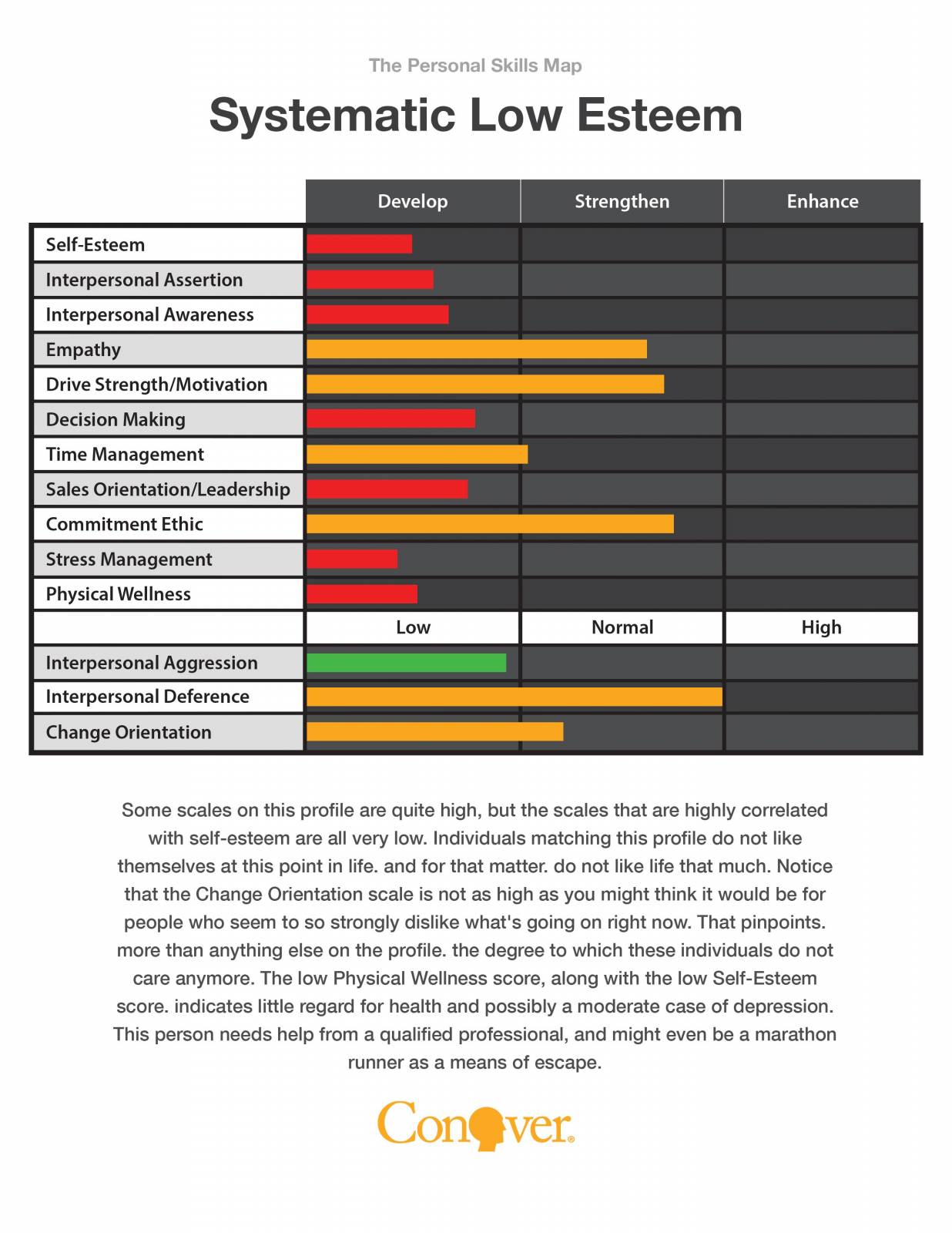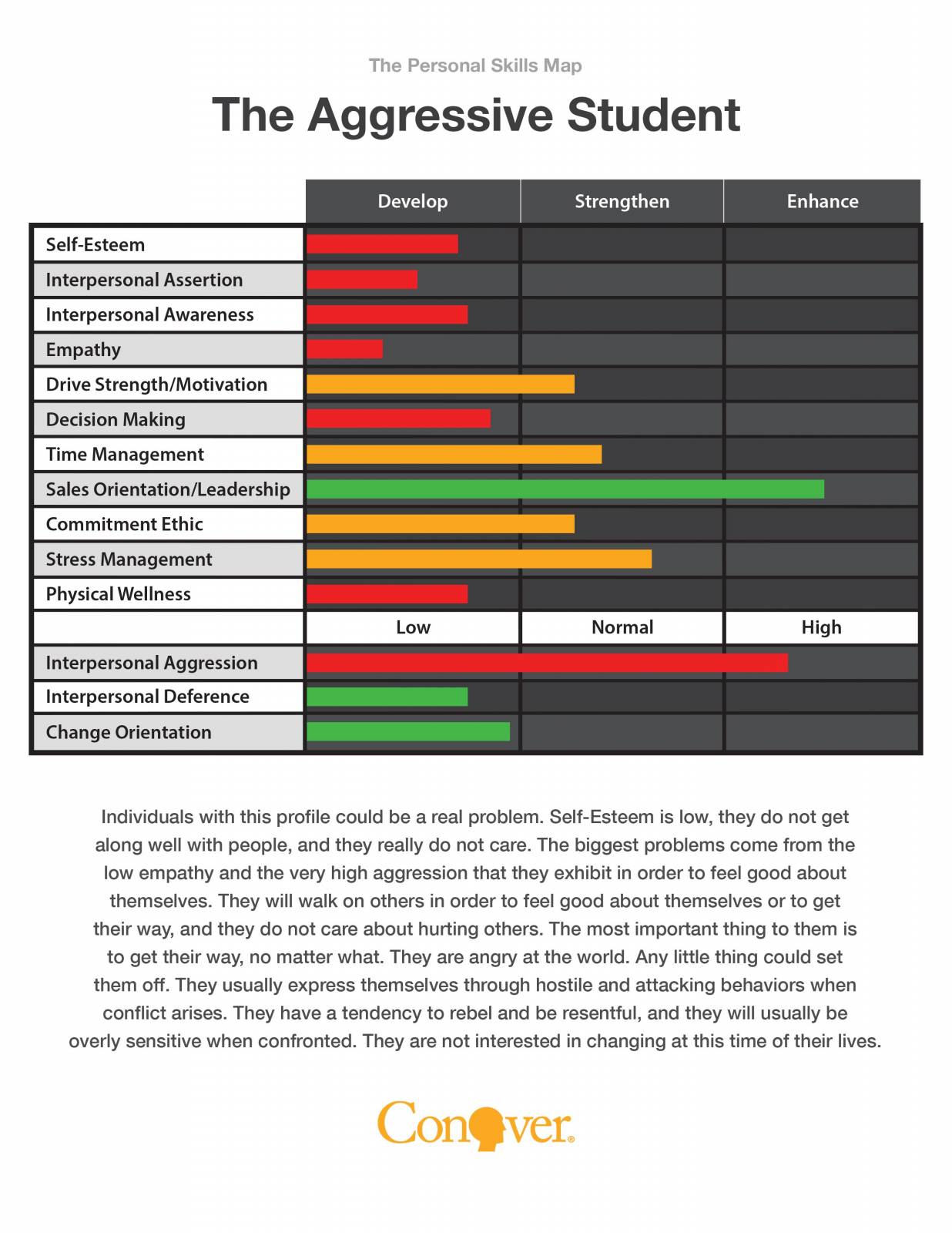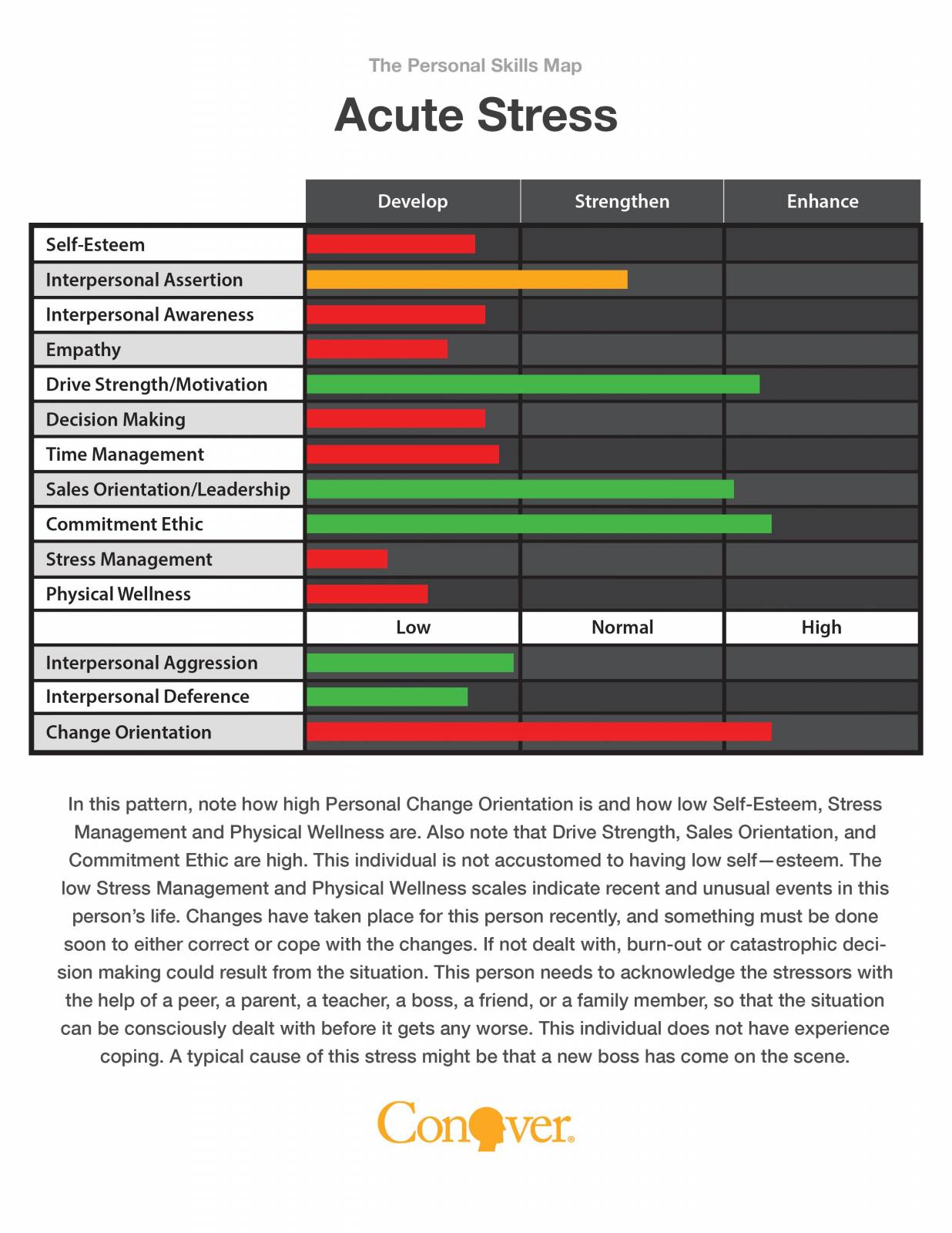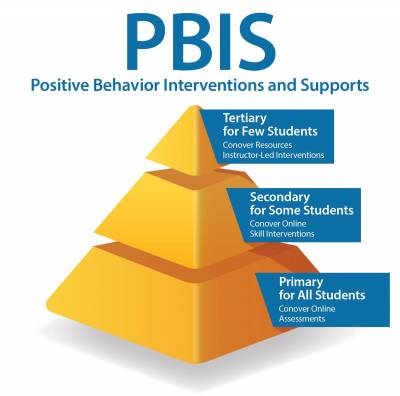
Positive Behavioral Interventions and Supports (PBIS) has been around for a long time. The process has had time to establish and refine itself in most school systems across the nation. Most systems seem to start with some sort of data- based decision making that leads to establishing a set of behavioral expectations, followed by teaching those expectations, acknowledging appropriate behaviors and, finally, tracking results. This all seems fine on the surface but a closer look exposes some serious flaws in the process.
Defining the Problem

Most PBIS systems start at the data-based, decision making level, intending to determine which interventions would be appropriate to reduce problematic behaviors. Ideally, data-based decision making is used to define the problem, which leads to the skill intervention process. But in many cases, when programs think they are defining the problem, what they are actually doing is identifying the observed behavior (for example, Johnny acted up in the hallway). This observed behavior is then used as the problem definition. But this is where the mistake is made. The problem becomes nothing more than a description of what is observed. This should never be used in the decision making process to define the actual problem or choose appropriate interventions.
More importantly, this method has taken the student out of the process and has given the professional the power to make decisions on the interventions needed to correct behavior. There is no attempt to get at what is causing the student to behave in a certain way. But how can you learn to really define the problem? You must dig deeper into the root cause of the behavior.
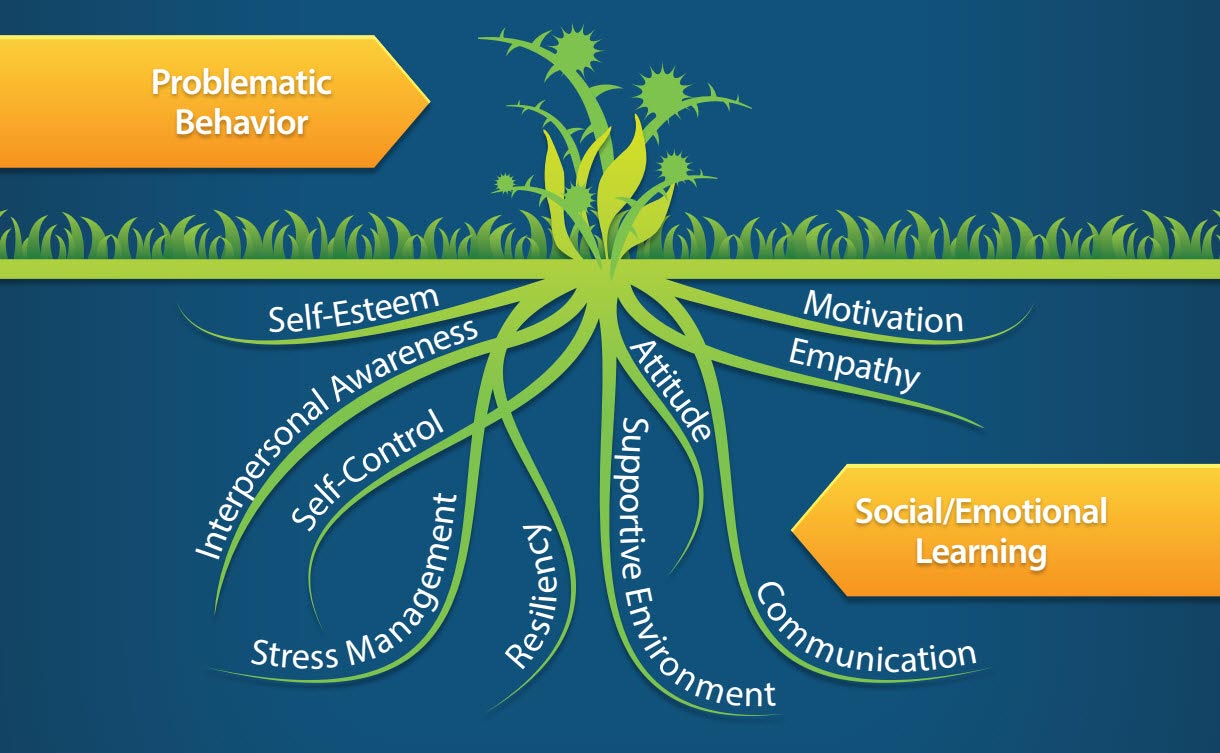
As you can see, behavior is only a symptom. It is not a cause. Identifying the root cause of problematic behaviors requires that the focus must shift back to the student performing the behaviors.
Assessment Driven Decision Making
The best way to get at the root cause of problematic behaviors is to use research-based assessments that focus on the social and emotional skills related to positive behavior. An assessment should drive the decision making process by properly defining the problem and automatically linking to the appropriate skill interventions. These skill interventions should teach the core emotional intelligence skills for positive behavior and personal success.
Once a proper individualized assessment is conducted to define the problem, then and only then, can proper interventions be decided upon and delivered. Linking the assessment process to the intervention process is critical for success in PBIS. Take a look at some examples of the types of information our assessments can provide. These six graphics show the characteristics of different types of students based on our Personal Skills Map assessment.
Targeting Appropriate Behavioral Interventions
So how do you tailor your intervention for each student based on their individual needs? Going back to the PBIS model, most systems recommend a set of four to five interventions to try, with the goal of seeing which one seems to work best. This is a “shotgun approach” to PBIS.
Imagine that you have an illness and you go to your doctor. Your doctor, through observations of your behaviors and symptoms, hands you five different sets of pills and says to start with the first set and take them. If the first set does not help, then move on the next pile of pills. If that doesn’t help, go to the third set, and so on. What would you think? More importantly, what would you do? Perhaps go to another doctor who would do a more thorough examination of the root cause of your illness!

Using data-based decision making that is based upon observed behaviors and then creating a set of behavioral interventions using that information is not a whole lot different than the example of the experimental doctor. Using appropriate social and emotional intelligence assessments leads to good decision making and successful skill intervention that will reduce problematic behaviors.
Assessment Drives Intervention
If you would like to discover how our assessments work and how your program can benefit from them, click the free trial button below to get started.

